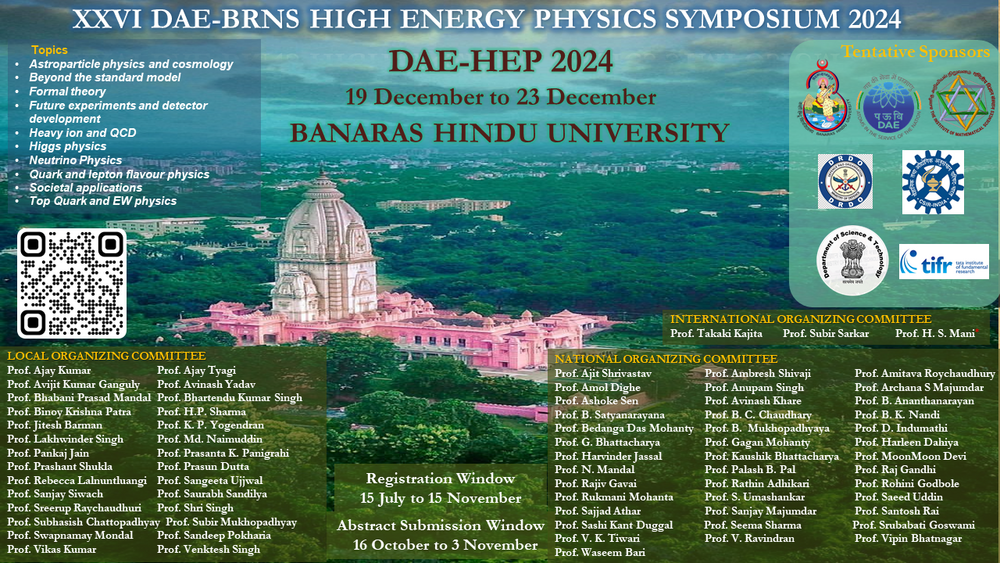Speaker
Description
In the coming year, the LHC will upgrade to the High-Luminosity LHC (HL-LHC), with operations projected to commence in 2029. This ambitious upgrade introduces significant challenges, most notably increased interaction rate. The CMS collaboration plans to enhance its tracking system by 2026 to address the high radiation environment. The upgraded CMS outer tracker (OT) will feature advanced, granular silicon-based pixel-strip (PS) and strip-strip (2S) detector modules with cutting-edge track-triggering capabilities. At NISER, a dedicated effort is underway to assemble a large number of 2S modules, with each module comprising ~4K readout channels and integrating sophisticated technologies such as radiation-resistant sub-micron ASICs, high-granularity silicon strip sensors, and high-speed optical data transmitters. Every module undergoes thorough electronic noise characterization at 20°C and -35°C to ensure optimal performance. Once characterized, these modules are integrated into larger mechanical structures called ladders, where additional readout tests and temperature cycling validate their durability before shipment to CERN for commissioning. This multi-stage assembly process is guided by stringent quality control measures. It relies on state-of-the-art machinery, including high-precision glue dispensers, high-resolution optical metrology, and automatic ultrasonic wire bonders. Together, these efforts underscore our commitment to ensuring the success of the HL-LHC project
| Field of contribution | Experiment |
|---|

